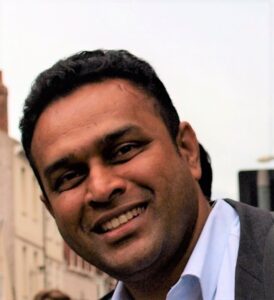Movement Commentary
Ousted by People Power: A Glimpse at Sri Lanka’s Popular #GotaGoHome Movement
On July 9, members of Sri Lanka’s #GotaGoHome movement surrounded the presidential secretariat and the presidential palace in the capital of Colombo. Their list of grievances against now ex-president Gotabaya Rajapaksa: mismanagement, corruption, nepotism, intimidation, alleged war crimes, and alienation of minorities. Since that day, images of ecstatic protesters swimming in the president’s pool and jumping on a bed in Gotabaya’s home have been circulating worldwide. On July 14, Gotabaya resigned after only serving two years and eight months, instead of five years. Although these achievements are important, it is crucial to understand that this is only the beginning of the struggle. Parliament has just today elected a new president, Ranil Wickremesinghe, Gotabaya’s loyal ally and now former Prime Minister. […]

